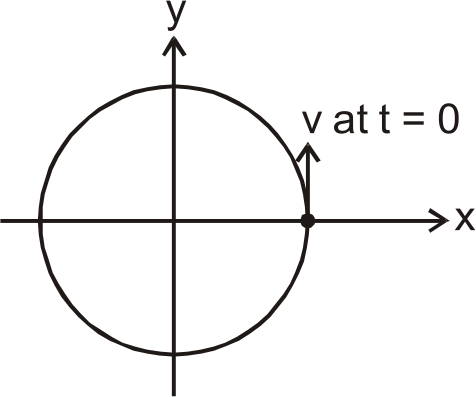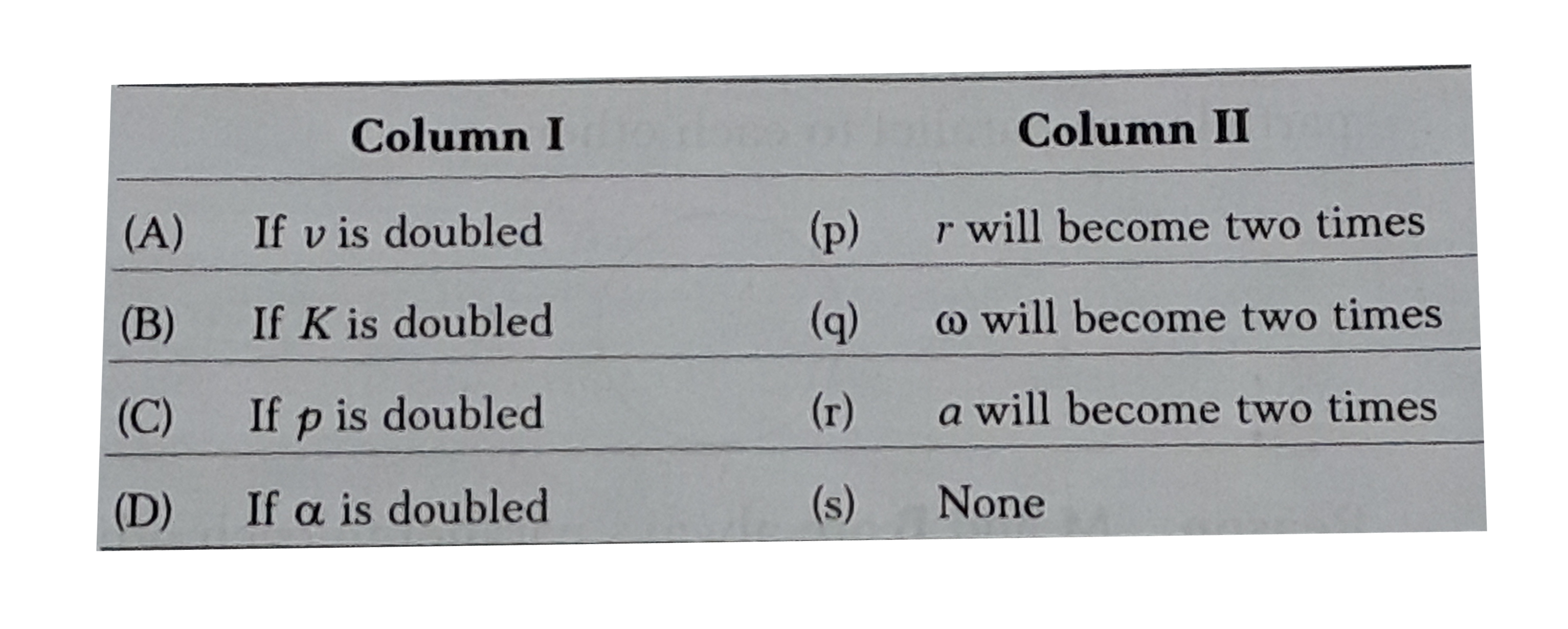A particle performing uniform circular motion has
Radial velocity and radial acceleration
A radial velocity and transverse acceleration
Transverse velocity and radial acceleration
Transverse velocity and transverse acceleration
The correct Answer is:C
Step by step video & image solution for A particle performing uniform circular motion has by Physics experts to help you in doubts & scoring excellent marks in Class 12 exams.
Updated on:21/07/2023Similar Questions
Knowledge Check
In uniform circular motion
AAcceleration is constantBMagnitude of acceleration is contantCTangential acceleration is zeroDTangential acceleration is not zeroFor a particle performing uniform circular motion, choose the incorrect statement form the following.
AMagnitude of particle velocity (speed) remains constant.BParticle velocity remains directed perpendicular to radius vector.CDirection of acceleration keeps changing as particle moves.DMagnitudes of acceleration does not remain constant.
Assertion If a charged particle is pronected in a region, where B is perpendicular to velocity of projection, then the net force acting on the particle is independent orf its mass.
Reason The particle is performing uniform circular motion and force acting on it is mv2r.
View SolutionIn the following questions a statement of assertion (A) is followed by a statement of reason ( R).
A : A uniform circular motion have non uniform acceleration .
R: The direction of acceleration of a particle in uniform circular motion changes continuously .
View SolutionA particle is in uniform circular motion, then its velocity is perpendicular to
View SolutionA particle is moving in a uniform circular motion on a horizontal surface. Particle's position and velocity at time t = 0 are shown in the figure in the coordinate system. Which of the indicated variable on the vertical axis is/are correctly matched by the graph(s) shown alongside for particle's motion ?

View SolutionA particle is performing circular motion of radius 1 m. Its speed is v=(2t2)m/s. What will be magnitude of its acceleration at t=1s.
View SolutionA charged particle is rotating in uniform circular motion in a uniform magnetic field . Let r= radius of circule, v= speed of particle k = kinetic energy, a= magnitude of acceleration , p= magnitude of linear momentum, qm=α=specific charge and ω= angular speed. then match the following two columns.

View Solution